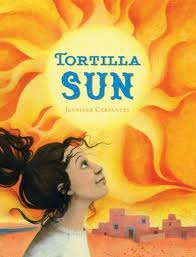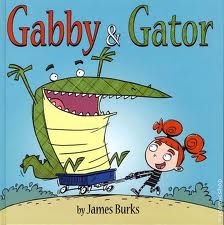As our Literacy Café has been growing, we have been offering up some specials on the menu. For our latest Café Special, we hosted author Danika Dinsmore for a Creative Writing Workshop around World Building. Danika is the author of Brigitta and I will be posting a review of her Middle Grade Fantasy novel, Brigitta of the White Forest shortly.
On Tuesday, students welcomed Danika to the Cafe and learned about her book. After an initial introduction, Danika creatively read several pages from her book to draw the children in and to set the stage for learning about World Building.
Danika has a very energetic and creative reading style. She nearly acted out all of the scenes. After she read the passage, she asked the children questions about what they had discovered about Brigitta and her sister. Children learned that one important thing in writing is to show rather than tell.
When she talked about world building, she began to help students understand where you can start and what are critical things to remember when building your world. First she helped them understand three different kinds of worlds:
Children then had to decide whether the world they were creating for their books was imaginary, an alternate reality, or a portal to another world. She set them the task of working as partners or table groups to share their ideas. With heads together, students excitedly chatted about their ideas. So much so that at times it was hard to bring them back. How cool that a topic being discussed is so excited that they wanted to keep going.
After the children had created their worlds, they learned about about creating their characters. Would their characters be human? Human with powers? Or completely made up? Each table group had a challenge to create a new creature by combining to other creatures. So what would you call a snake/eagle? Or a scorpion/giraffe?
Students also had a chance to see Danika's special notebook. One of the pictures she showed students were her sketches for the wings of her faeries. She encouraged them to keep their own notebooks of ideas, and sketches.
Danika's brought along a special Felt Faery that she had made in a workshop.
Thanks Danika for visiting our school and providing students with such great information about writing. Students generated such amazing ideas about their world and main character and what would happen in their stories. I am certain we have some budding writers in this group and your visit will be something they remember for a long time.













